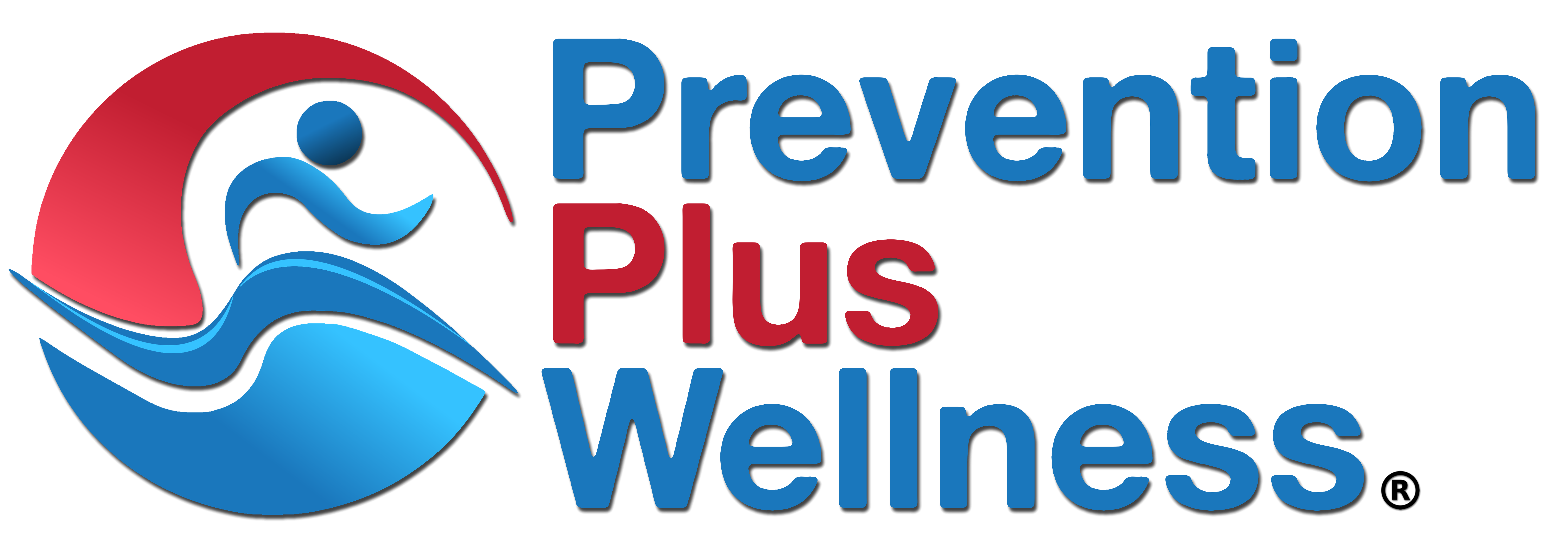A recent study published in Journal of Adolescence (2022) examined adolescents' time in out-of-school settings as a precursor of three types of problematic substance use in adulthood (i.e., binge drinking, regular marijuana use, and use of illicit drugs).
Adolescents' time in out-of-school settings during high school predicted age 26 substance use over and above family and adolescent factors, including adolescents' substance use during high school.
Adolescents' unsupervised time with peers increased the odds and frequency of binge drinking and regular marijuana use at age 26.
Time in high school organized sports increased the odds of binge drinking at age 26, but not marijuana or illicit drug use.
Time spent in other organized activities, such as community service and the arts, lowered the odds of illicit drug use whereas paid employment in high school was not related to age 26 substance use.
Time spent in specific out-of-school settings during adolescence were differentially related to substance use problems in early adulthood, with some activities serving as a risk factor and other activities serving as a protective factor for young adults.
These results indicate that substance use prevention should include:
- Informing parents of the risk of unsupervised time for their adolescents later binge drinking and marijuana use.
- Including alcohol use prevention programs for high school athletes to reduce the risk of later binge drinking.
- Promoting activities like community service and the arts to lower the risk of illicit drug use among youth.

